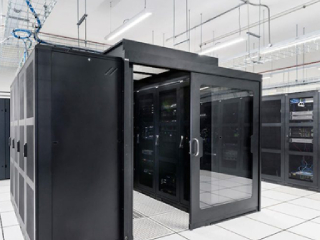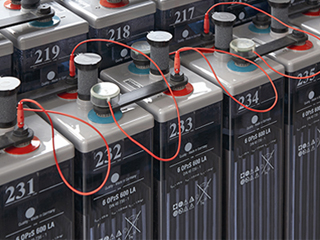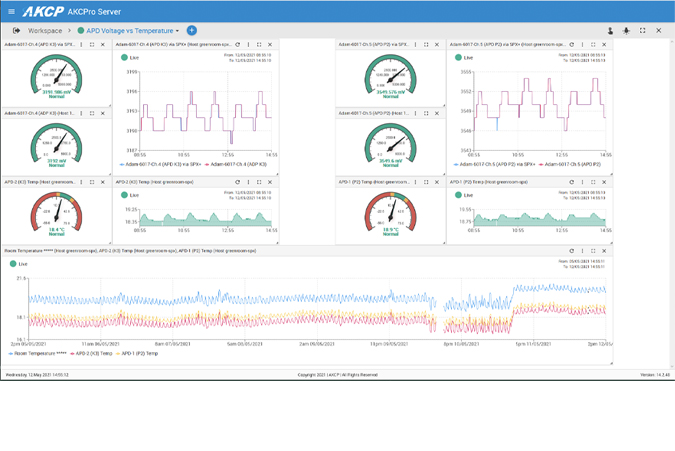Water sensors are installed in data centers to mitigate all potential hazards and consequences of water leakage. By receiving notification of water leaks at an early stage, corrective actions can be made before problems beyond repair happen. Hence, this is important for critical-mission infrastructure such as data centers to save their businesses.
The simplest things could be the cause of a major water leak in the data center. Water pipes can burst. Cooling systems and air-conditioning units may leak from a bad condensate pump, ruptured supply lines, and blocked drains. Sprinkler systems can break and malfunction. Drainage can overflow causing a flood. The weather may also impact the groundwater. Moisture can build up on surfaces of the equipment. Can you imagine these? Well, these are just some. Even greater catastrophes may happen when these problems are left unnoticed over an extended period.
Be Proactive- Early Intervention
The Association of British Insurers (ABI) says that the cost of water claims in the United Kingdom amounts to more than €930 million in 2018. This caused the insurers to encourage their policyholders to manage the risks in their facilities proactively. This is more critical for data centers as data is considered the most important asset of companies.
The earlier a leak is identified for data centers, the less damage it will cause, thus a smaller cost for data both owners and insurers. Even a small drip of water will damage the critical equipment and physical facility. As a popular saying goes, “A small leak will sink a great ship”.
The presence of water cannot be discovered easily. An example is the flooding under raised floorings which cannot be seen as a false ceiling concealed piping above it. Water leaks are only detected when administrators see the water patches. By this time, significant damage may have occurred already.
A water sensor will provide you with information to cut the downtime needed in identifying the location of the leak. In this sense, the administrators can still have enough time to take measures and stop the leakage.
Protecting the Equipment and the Facility

Photo credit: turtleshellproducts.com
Not only does leak wastewater, but it also encourages unwanted organic growth such as molds, mildew, and other infestations. Mold can grow on any condensed surface of your facility, including the equipment. According to FEMA, the development of mildew will only take 24-48 hours after water exposure. Unless action is taken to eradicate the source of moisture, they will continue to grow bigger. Another effect of an unidentified water leak is rusting of equipment that can cause a short circuit.
The foundation of the physical facility can also be damaged due to excess groundwater. When the level of groundwater rises, the soil’s strength will reduce, leading to the failure of slope. Collapse settlement infill materials due to groundwater level rise is a major concern in the United Kingdom.
This implies that failure to monitor a water leak can result in a weakened facility’s foundation and disruption of the equipment. As the equipment is the heart of a data center, it can lead to interrupted business operations and huge repair costs for the facility.
The Threat of External Environment
Water leakage is mostly associated with human error and mechanical issues. However, according to recent reports, the external environment is also cited to be the cause of water issues in data centers. With weather-related events such as heavy rainfall and rising sea levels due to climate change, data centers are expected to be more threatened by water ingress and flooding. In a survey conducted by Zenium in 2015, it was discovered that 1 out of 2 data centers had experienced service interruption due to natural disasters such as flooding.
Flooding is not only the impact of heavy rainfall on data centers. Although moderate rainfall can’t lead to the occurrence of flood, underground fiber and power distribution ducts and vaults can be filled with water. Waters inside the vault can lead to moisture and pose a threat to the power distribution system. To solve this problem, water must be pumped out for maintenance.
While organizations often focus on the threats found inside data centers, more planning of overall monitoring strategy should counter the threat of the external environment. With the use of a water sensor system, the accumulated water in the data center can be monitored from time to time as soon as a natural occurrence comes.
Avoid Financial Loss
Water leakage can cause a big financial loss for data centers. This loss is associated with physical equipment and the loss of business following that loss. An equipment failure or downtime can result in the loss of important information. The physical facility may be insured, but data is difficult to recover. According to research, total data loss has caused 43% of the companies to end their operation. And two years after, 29% of those who recovered also ended up closing. Another impact is the loss of clients and disruption of the company’s public image. These all fall nowhere other than financial loss. Based on the report, the average cost of single downtime for a 90-minute incident is approximately $505,000. This estimates that every year, data centers lost millions of dollars due to water leakage. Not only it is incredibly costly to repair damaged equipment, but it is also expensive to deal with the impact of downtime and legal responsibility you may face after.
This attests to how critical water sensors are to business survival and continuity. Your business may fall in a blink of an eye just because of neglecting one issue- water leakage.
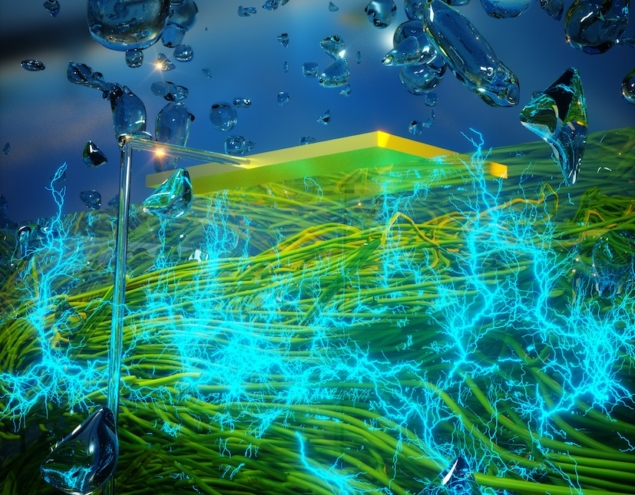
water sensors for data centers
Data Analysis
Collecting analog data from the physical environment then converting it to the digital data asset is the sole purpose of modern-day sensors. Water sensors are tasked to capture information relevant to water only. It measures the movement, waves, and amount of water in a specific area.
Sensors are connected through a gateway that enables them to relay the data collected to a cloud server. From that point, information is transferred to computer devices. This allows you to have instant access to all monitored water-related activities. This data can be stored so you can analyze the trends and patterns over time.
Through the real-time data provided by the water sensors, administrators can have broad insight into the data center condition to make a more informed decision.
Choosing the Right Sensor
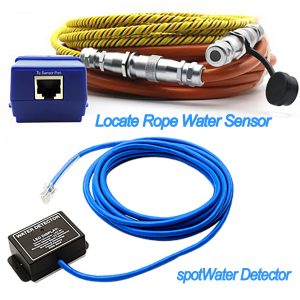
AKCP Locate Rope Water Sensor & spotWater Detector
Choosing the type of sensor to be used depends on your purpose. Is it to detect water on the ground? Spots on walls and ceiling? Or moisture on the equipment? Like in monitoring temperature and humidity, the water sensors are also placed near the area you want to monitor.
The AKCP Spot Sensor will help you protect your equipment. It is an advanced microprocessor-based design capable of detecting distilled water. The entire circuit is encased in epoxy, giving it a waterproof finish and able to withstand being submerged in water for prolonged periods. Notifications can be sent to you via SNMP traps, or E-mail (sensorProbe base units), or using any of the wide range of alerts available on the AKCP base unit.
For larger areas, AKCP Locate Rope Water Sensors could be a good choice. It is ideally used for basements and for under floors and roof spaces. It will give you the precise location of the water leak. The sensor will retain its error condition until it is read via SNMP. Therefore, if the sensor encounters a critical condition, it will report that before it returns to a normal state.
Conclusions:
Though humans can’t easily detect water leakage, its impact on data centers is undeniably tremendous. It can even cost you the whole business when not detected for a longer time. That is why using water leak detection systems should not be an option for data centers. Instead, it is a must.
Have you now pictured all the risks that an unnoticed water leak may cause you? AKCP, the world’s largest solution provider, offers Water Leak Sensors to help you mitigate all these risks. Protect your data center before you lose everything. Message AKCP Sales Team now! sa***@ak**.com


